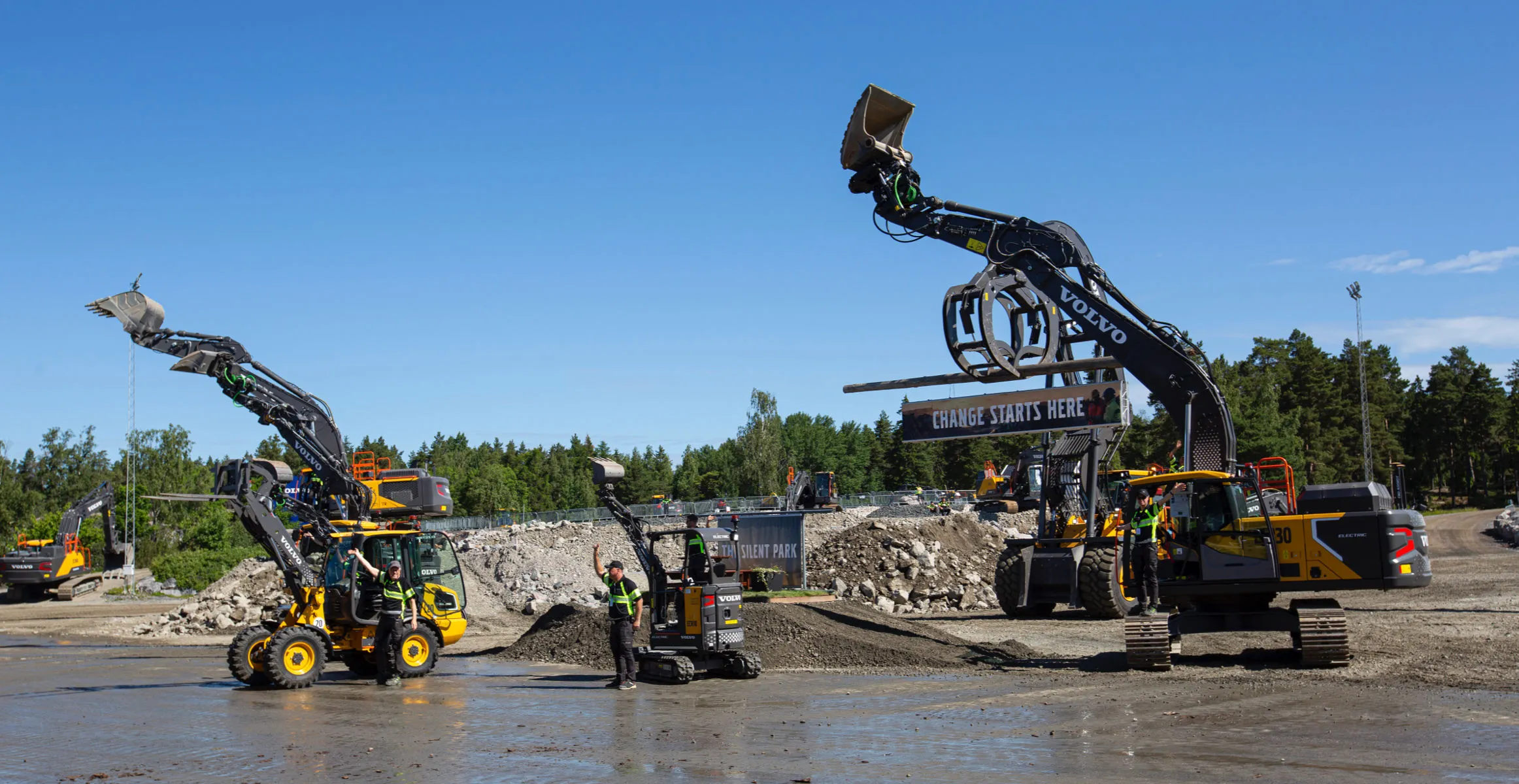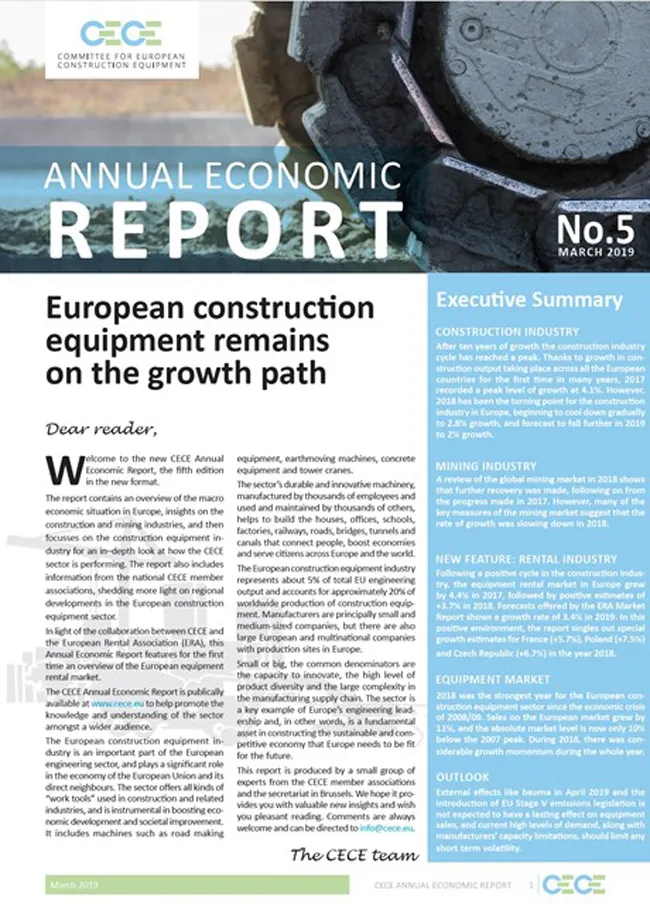A new report by the US-based Freedonia Group estimates that world demand for asphalt will grow 2.1%/year from the low in 2008 to 108 million tonnes in 2013.
February 24, 2012
Read time: 2 mins
A new report by the US-based 2821 Freedonia Group estimates that world demand for asphalt will grow 2.1%/year from the low in 2008 to 108 million tonnes in 2013. This is equivalent to 655 million barrels of primary asphalt. In the developed asphalt markets of North America, Western Europe and Japan, demand for asphalt was hit hard by recession in 2008. Construction activity declined in these sectors while the industry was also assailed by high asphalt prices. North America, Western Europe and Japan now look set for moderate gains in demand through to 2013, according to Freedonia's latest report. Meanwhile in China and India, growth in demand will remain above the world average, although this growth rate is expected to slow from its present high levels. Paving products accounted for more than 80% of total asphalt demand in 2008.
With a total market close to 30 million tonnes in 2008, North America remains the largest regional market for asphalt. This reflects the size of the US and Canadian road networks. Demand is expected to rebound from the weak 2008 base, reaching nearly 33 million tonnes in 2013.
The Asia Pacific region is the fastest growing geographic market for asphalt because of the massive road and highway construction and modernisation programmes underway in China and India. In both countries, gains will decelerate from the levels posted in the 2003-2008 period, but will still be well above the global average. China will be especially important, accounting for 28% of all new global asphalt demand up to 2013. Demand in the region will increase 3.3%/year to 32 million tonnes in 2013. Meanwhile demand for asphalt in Western Europe is projected to increase less than 1%/year to 22 million tonnes by 2013. The market gains in Europe are expected to benefit from continued demand in road repair and maintenance applications but growth will be moderated by minimal new road construction.
With a total market close to 30 million tonnes in 2008, North America remains the largest regional market for asphalt. This reflects the size of the US and Canadian road networks. Demand is expected to rebound from the weak 2008 base, reaching nearly 33 million tonnes in 2013.
The Asia Pacific region is the fastest growing geographic market for asphalt because of the massive road and highway construction and modernisation programmes underway in China and India. In both countries, gains will decelerate from the levels posted in the 2003-2008 period, but will still be well above the global average. China will be especially important, accounting for 28% of all new global asphalt demand up to 2013. Demand in the region will increase 3.3%/year to 32 million tonnes in 2013. Meanwhile demand for asphalt in Western Europe is projected to increase less than 1%/year to 22 million tonnes by 2013. The market gains in Europe are expected to benefit from continued demand in road repair and maintenance applications but growth will be moderated by minimal new road construction.







